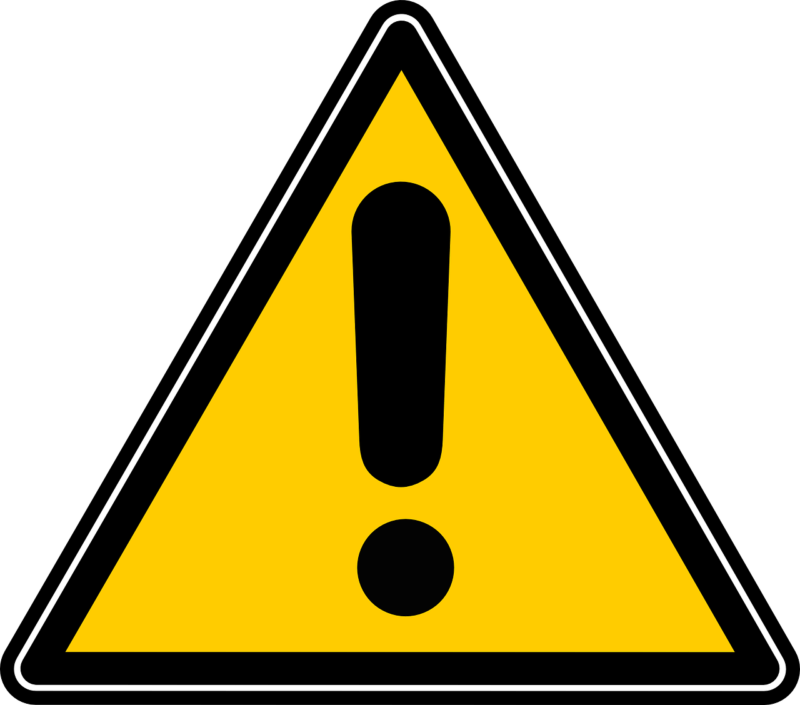Hazardous waste is a concern in many industries, particularly businesses working in the construction, manufacturing, utilities or healthcare sectors. There are many items and products that can be considered hazardous, from Waste Electrical and Electronic Equipment (WEEE) such as phones and laptops, to materials such as paint, oil or chemical cleaners. In order to adhere to the necessary guidelines, here’s a guide to disposing of hazardous waste in a safe and environmentally friendly way.
What’s considered hazardous waste?
 Virtually all businesses will, at some point, produce hazardous waste. Even items as seemingly insignificant as batteries or printer toner can be classified as hazardous and need to be disposed of in the right way.
Virtually all businesses will, at some point, produce hazardous waste. Even items as seemingly insignificant as batteries or printer toner can be classified as hazardous and need to be disposed of in the right way.
If your organisation deals with chemical or medical waste, painting or decorating materials, electronic items such as laptops and computer towers, or industrial cleaners, these need to be disposed of in a way that protects workers, the general public and the environment. Employers have a duty of care to ensure waste is treated properly and safely and must carry out risk assessments for all hazardous materials on-site.
As WEEE solution and Asset Management firm, Priority Weee, explains: “All companies in the UK are required by law to make sure that hazardous waste materials are disposed of in accordance with their duty of care responsibilities in a manner that poses no harm to humans or the environment. Many companies are increasingly concerned about their corporate social responsibility profiles and wish to be proactive on compliance in this regard”.
What steps do businesses need to take to dispose of hazardous waste?
 The first step to tackling hazardous waste is to determine if it is indeed hazardous. Any waste your business produces needs to be categorised with the waste classification code: whether or not it’s deemed hazardous, the type of environment or business sector the waste was produced in, the name of the substance and the process that caused the waste. If there are any specific requirements or knowledge related to the type of waste you’re disposing of, this also needs to be included, along with a chemical and physical analysis of the waste.
The first step to tackling hazardous waste is to determine if it is indeed hazardous. Any waste your business produces needs to be categorised with the waste classification code: whether or not it’s deemed hazardous, the type of environment or business sector the waste was produced in, the name of the substance and the process that caused the waste. If there are any specific requirements or knowledge related to the type of waste you’re disposing of, this also needs to be included, along with a chemical and physical analysis of the waste.
The waste then needs to be separated and stored safely in a secure location, using suitable containers to stop it from being mixed up with other types of waste. Make sure that the containers are labelled clearly, and use waterproof covers to stop the waste from blowing away or leaking, as well as from being contaminated by the rain.
Under the Control of Substances Hazardous to Health Regulations 2002 (COSHH), all employees need to be trained to deal with any hazardous materials they come into contact with. Where it’s essential that they have contact with hazardous substances, they need to be provided with the necessary PPE to keep them and those around them safe.
The waste carrier you choose needs to be authorised to collect, recycle or dispose of hazardous waste. Even once the waste has left your premises, your business is still responsible for where it winds up, so using a reputable firm is essential for legal compliance. You will need to use consignment notes to move the waste and it needs to stay with it until it reaches the final destination. The Government has clear guidelines on how to fill out these notes for clear and concise information to accompany the waste you dispose of.
Businesses need to keep these records for three years at the premises where the waste was produced and stored. The consequences of not dealing with hazardous waste properly can pose serious health concerns depending on the waste being disposed of, as well as cause issues for the environment and animal habitats if it leaches into the ground without being treated properly. There’s also a risk of hefty fines if businesses are found to be disposing of hazardous waste without following the correct guidelines.
By following just a few simple steps, businesses can ensure that any hazardous materials produced in the workplace will be disposed of or recycled in a safe, responsible, and relatively quick way, all while keeping to the current legislation.
Click here for Guidance on the classification and assessment of waste (1st Edition v1.2.GB).
Approaches to managing the risks associated Musculoskeletal disorders
In this episode of the Safety & Health Podcast, we hear from Matt Birtles, Principal Ergonomics Consultant at HSE’s Science and Research Centre, about the different approaches to managing the risks associated with Musculoskeletal disorders.
Matt, an ergonomics and human factors expert, shares his thoughts on why MSDs are important, the various prevalent rates across the UK, what you can do within your own organisation and the Risk Management process surrounding MSD’s.


 The first step to tackling hazardous waste is to determine if it is indeed hazardous. Any waste your business produces needs to be categorised with the waste classification code: whether or not it’s deemed hazardous, the type of environment or business sector the waste was produced in, the name of the substance and the process that caused the waste. If there are any specific requirements or knowledge related to the type of waste you’re disposing of, this also needs to be included, along with a chemical and physical analysis of the waste.
The first step to tackling hazardous waste is to determine if it is indeed hazardous. Any waste your business produces needs to be categorised with the waste classification code: whether or not it’s deemed hazardous, the type of environment or business sector the waste was produced in, the name of the substance and the process that caused the waste. If there are any specific requirements or knowledge related to the type of waste you’re disposing of, this also needs to be included, along with a chemical and physical analysis of the waste. 
If a company thinks, or suspects, that they have hazardous waste they need to talk with a specialist immediately because many wastes fall into the European Waste Catalogue (EWC) “Mirror Codes” which may or may not be hazardous. Waste in these mirror codes must be analysed to fully identify the constituents, and having been analysed the analysis data then needs to be used to classify the material, this is a skilled professional task. The government guidance to get this right is WM3 (version 1.2 from Oct. 2021). The interpretation and use of WM3 requires technical knowledge and skills. There are… Read more »
Trouble is that would include the standard generically set, out of the box, display screens most are using / operating right now unless enabled to make the custom “reasonable adjustments” to meet ISO 30071.1 DSE Colour Contrast Calibration Standards to mitigate early onset vision stress, eye-strain, CVS or Screen Fatigue related to 58% of operators exhibiting presenteeism and carrying-on regardless of self-harming from visual repetitive stress injuries / monocular adaptations, myopic and asthenopic, let alone other work related common MSD’s.
This kind of waste should be disposed of properly.